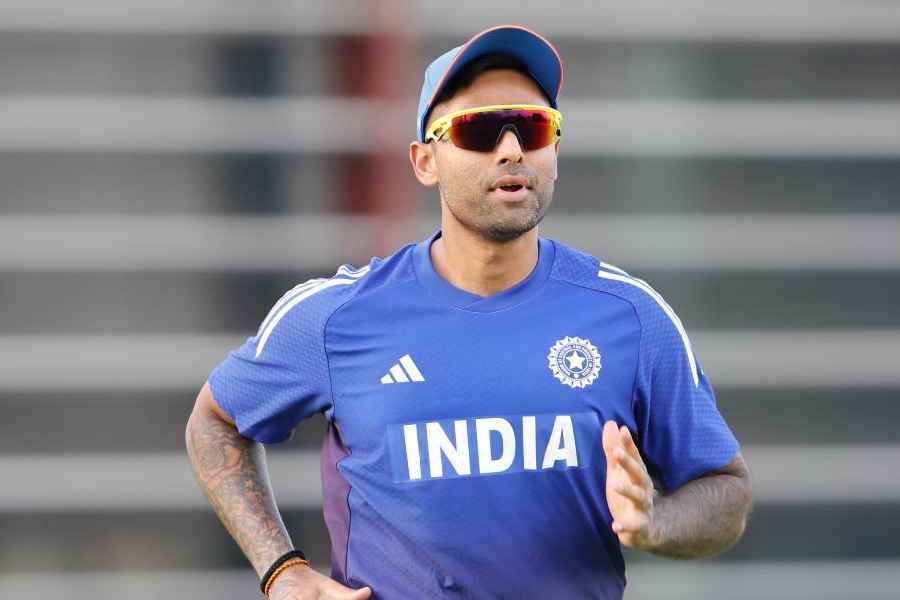First came Vodafone’s M-Pesa. Then came Airtel Money. These were followed by the banks — ICICI Bank with Pockets, HDFC Bank with PayZapp, State Bank of India (SBI) with Buddy and Axis Bank with LIME. More banks (Yes Bank, Bank of Maharashtra) are expected to foray into what will soon be a crowded market.
That’s not all. Taxi service aggregator Ola launched Ola Money last December and rival Uber is trying to leap in too: it has sought Reserve Bank of India (RBI) sanction to do so. Consumers now pay for Uber trips via the Paytm wallet or Airtel Money.
Some 12 mobile wallets are now vying for the hottest piece of action in town.

A fierce battle is already on to retain consumers or attract new ones by offering discounts, loyalty points and hefty cash backs. Some like freecharge.in, the mobile phone services recharge company, are giving coupons to encourage customer loyalty. Apps on smartphones are also marketing other things — for example, you can get a flash message about a sale of footwear or garments.
“The Ola Money wallet not only can be used to pay for Ola but also for other e-commerce platforms,” says Anand Subramanian, senior director, marketing communications, Ola.
The clash of arms will get even louder in the coming months. The RBI recently granted 11 companies approval to set up payment banks, which will operate primarily through mobile phones.
Payment banks can, among other things, accept deposits (up to Rs 1 lakh per individual), offer payments and remittance services, represent other banks and issue ATM or debit cards, but not credit cards.
Of the 11 companies, Paytm, Airtel Money and Vodafone M-Pesa already offer mobile wallets. After bagging a payment bank licence, they will be able to offer their customers much more. Says Suresh Sethi, business head, M-Pesa, Vodafone India, “Currently, there are 1,10,000 bank branches in India and we have 90,000 M-Pesa agents. The combination of being a bank plus a mobile company will allow us to reach out to the masses.”
Other payment banks that don’t offer mobile wallets will tie up with mobile wallet companies. “Given the marketing muscle the wallet firms have, payment banks can tie up with them to bring the mobile experience to customers,” says Aashish Chandorkar, director at the consultancy firm Capgemini Consulting.
The mobile wallet business is huge and growing. Consider:
• India has an estimated 150 million mobile wallet users, vastly outnumbering the cumulative number of credit cards in India (20 million), points out Vivek Belgavi, partner, financial services technology leader, PwC India.
• According to a study by research and consultancy firm RNCOS, the current Rs 350-crore mobile wallet market could rise to Rs 1,210 crore by 2019.
A mobile wallet is the digital equivalent of a physical wallet. It is an online platform which allows a user to store money in it, just like a bank account although it does not earn you interest. You can send and receive money over the mobile, pay your utility bills and recharge mobile and direct-to-home TV accounts.
“For a customer a mobile wallet has a favourable ring to it as it does not store his or her card details. Also, one can keep a limited amount of money in the wallet. So it limits the downside if anything goes wrong,” points out Girish Nadkarni, managing director, investment banking business, Motilal Oswal, the brokerage house. Also, one does not need to bother about whether one has sufficient money in the physical wallet, adds Amit Lakhotia, vice-president, payments, Paytm.
The payment banks could trigger another wave of mobile wallet expansion. “The payment banks will compete with one another and with existing banks for consumers and transactions,” believes Dilip Abse, chief operating officer, National Payments Corporation of India. With competition heating up, transaction costs will come down and service standards will go up, experts forecast.

Indeed, commercial banks are already facing the heat from wallet companies. Notes Shashwat Sharma, partner, management consulting, KPMG, “Mobile wallet companies have edged out banks on the convenience factor.” Customers, apart from using standard payment instruments and net banking, will be open to making mobile payments through wallets, believes Parag Rao, a senior executive vice-president at HDFC Bank.
Some bank executives, however, warn that picking the right wallet could be the key for consumers. Rajesh Kumar, chief general manager, SBI, stresses that the entry of more wallet companies has not only provided consumers with more choices but also created a digital clutter in the market. “Many of these wallets are of limited use as they offer only specific services. With very little user experience, customers may find it difficult to choose the right wallet.”
One big question begs for an answer. Just how secure are these transactions? The answer: they are as secure as one on a banking platform. Co-founder and CEO of PayU India, Nitin Gupta, says security is well built into the system. Risk detection algorithms and one time passwords are involved, so the risk of misuse is highly limited. Also, most wallet companies are PCI-DSS certified. This certification is only provided to organisations that comply with the stringent set of rules laid by the Security Standards Council.
What then does the future hold for mobile wallet users? Belgavi of PwC India predicts that consumers will be flooded with discounts, deals and offers. And mobile wallets will become the primary mode of payment.
And as technologies develop, mobile wallets will allow consumers to pay on the go with their phones, using NFC (near field communication) technology. Ankur Saxena, CEO, Oxigen Wallet and president, technology innovation, says: “Customers will be able to pay by tapping their smartphone and connecting to an NFC-enabled terminal, which will read all the details from the phone.”
In other words, enter a brave new payments world.











